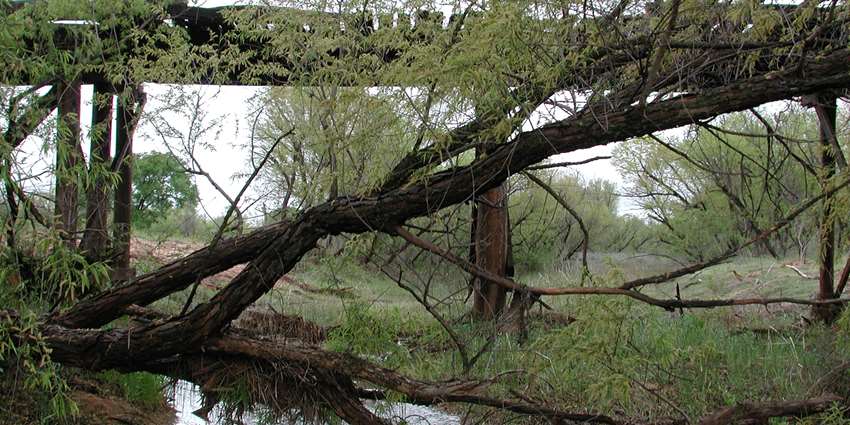The U.S. Environmental Protection Agency has accepted the Buck Creek Watershed Protection Plan as meeting the agency’s guidelines for watershed-based plans and effectively outlining a strategy to reduce nonpoint source pollution in the watershed, according to a Texas Water Resources Institute official.
“This acceptance comes after years of collaboration between local watershed landowners and stakeholders, local soil and water conservation districts, and regional and state agency personnel,” said Lucas Gregory, a Texas Water Resources Institute (TWRI) project specialist in College Station.
TWRI, Texas A&M AgriLife Research and the Texas A&M AgriLife Extension Service led efforts to develop the plan.
In 2000, Gregory said, Buck Creek was added to the state’s Clean Water Act section 303(d) list of impaired water because of the creek’s high levels of bacteria. Through improved understanding of watershed function, water quality and landowners’ efforts to implement effective measures, Buck Creek is no longer impaired, he said.
“This was a long process, and it is great to see the plan accepted,” said Phyllis Dyer, research associate and watershed coordinator with AgriLife Research in Vernon. “The stakeholders and landowners really deserve the credit here. Their diligence and determination to improve Buck Creek really shows in this plan, and their efforts should be commended.”
Thanks to work done through the partnership of AgriLife Research, TWRI, Texas State Soil and Water Conservation Board and local stakeholders, E. coli levels decreased by 90 percent, well below the state’s water quality standards, she said.
“The EPA’s acceptance of the plan sets a precedent for future funding to implement water quality management plans, wildlife habitat management, feral hog management, and septic system education and outreach,” Gregory said.
The watershed plan is currently available for download or by contacting Dyer at 940-552-9941, pmdyer@ag.tamu.edu.
Development of the plan was funded through a Clean Water Act nonpoint source pollution grant from the Texas State Soil and Water Conservation Board and EPA.
Read the AgriLife TODAY news release.

